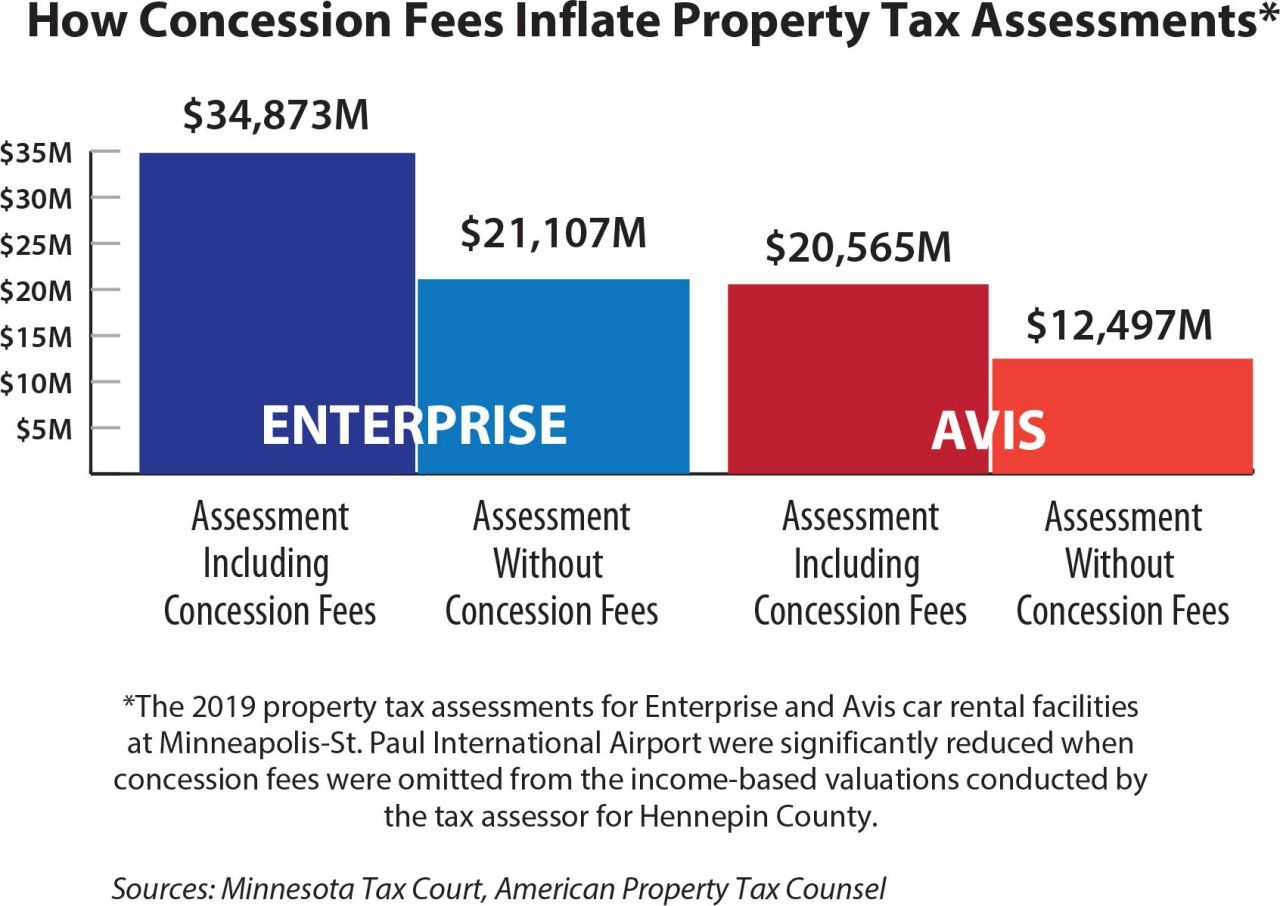Developers should understand the property tax implications before attempting to repurpose buildings in downtown Washington, D.C.
With office vacancy rates in the District of Columbia at 20% and climbing, officials believe that converting office buildings to residential space is an important component of revitalizing Downtown Washington.
These complex projects pose both practical and administerial challenges, however. For developers, one important consideration of such a redevelopment is its real estate tax implications.
High hopes
District leaders announced earlier this year that they hope to add 15,000 residents to the central business district over the next five years – an ambitious goal. The hope is that bringing residents to live downtown will create a more vibrant neighborhood where people live, work, and dine.
The stark reality is that the District of Columbia has one of the lowest return-to-office rates in the country. Actual occupancy in the D.C. metro was only 43% in mid-April and drops below 25% on Fridays, according to Kastle Systems, which tracks office occupancy. Workers simply aren't returning to Downtown D.C.
While residential conversions may be one piece of the puzzle in addressing D.C.'s downtown woes, converting an office building into a residential property is no small feat. Here are a few important factors relating to real estate taxes to keep in mind when considering an office-to-residential conversion.
Real property tax rates
Real property tax rates in the District vary considerably from residential to commercial real estate. Residential properties, including multifamily apartment buildings, are taxed at a 0.85% rate. The commercial tax rate, which is used for office buildings, is more than double that rate at 1.89% for properties assessed over $10 million.
To the extent a property contains both residential and commercial space, D.C. will apply a mixed-use tax rate based on the pro-rata allocation of residential versus commercial space. Consequently, how the District classifies a property can have an immense impact on tax liability and carrying costs.
Timing of reclassification
A costly misstep would be to assume that the tax rate will immediately change from 1.89% to 0.85% after an office property is acquired for residential conversion. In fact, if there is any commercial use continuing at the building, the commercial tax rate will still apply.
Moreover, the District historically has been inconsistent in its application of when a building should "convert" from commercial to residential for purposes of tax classification. Although the D.C. Code provides a property should be reclassified when there is no current use and the property's highest-and-best use is residential, some assessors have taken a more aggressive approach and argued that the property should not be reclassified until the redevelopment is more than 65% complete.
Property acquisition
An additional hurdle lies in the acquisition process itself. When an office building is acquired for a residential conversion, higher transfer and recordation taxes apply. For commercial and mixed-use properties, the transfer and recordation taxes are 5% of the sale, as opposed to 2.9% for a purely residential building.
The mayor's proposed 2024 budget would allow the higher transfer and recordation tax rate to expire later this year, but the D.C. Council had not adopted the measure at the time of this writing and may or may not allow the higher rate to sunset. Under the current code, there is no exception for the acquisition of an office property that is being purchased for purposes of a residential conversion.
Abatements
Finally, in an effort to spur redevelopment, the mayor has announced her intention to offer tax abatements for office-to-residential conversions that meet certain criteria. At this point, it is difficult to determine the financial implications of the tax abatement program for a specific redevelopment because there is no set formula for deriving the amount of an abatement.
What is known, however, is that there are specific requirements to qualify for the abatements. Among other conditions, these include:
- Affordability. 15% of the housing units must be affordable.
- Location. The redevelopment must be within a specific geographic area.
- Designated contractors. 35% of the construction contract must go to specific business enterprises that have been certified by the District.
These requirements further complicate the already challenging task of successfully executing an office-to-residential conversion.
In short, the real estate tax implications of an office-to-residential redevelopment are highly dependent on the unique facts and circumstances of each case, and the varying tax rates can have huge implications for a property's development budget. A developer considering such a conversion should contact experienced counsel early in the process.






















